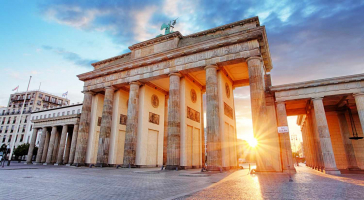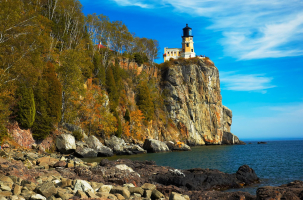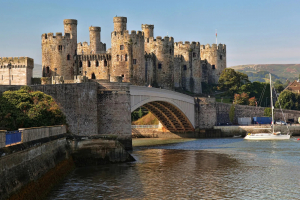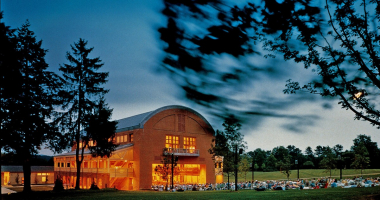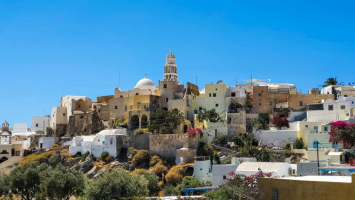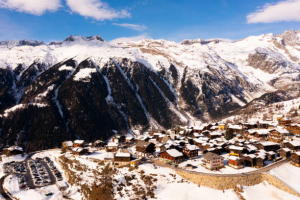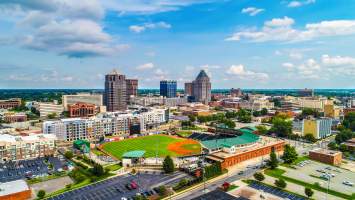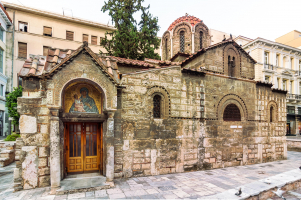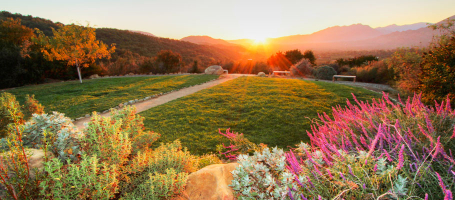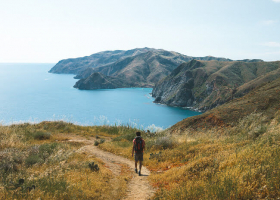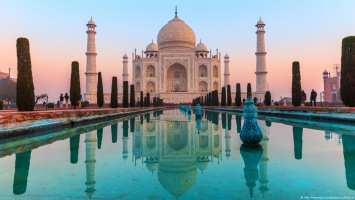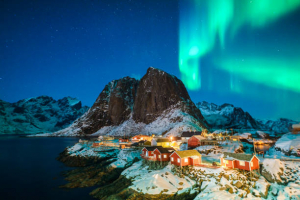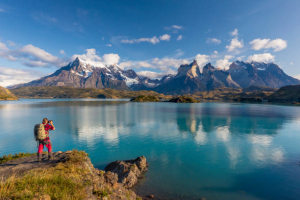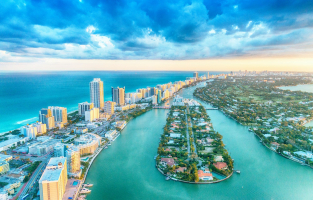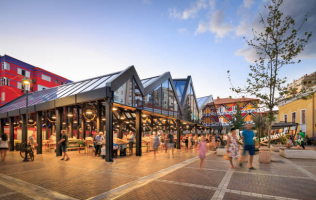Top 11 Best Things to Do in Barcelona
Barcelona, the capital of Catalonia and the second largest city in Spain, is absolutely unmatched. It's one of the few distinctive cities that you simply must ... read more...visit. This is partially attributable to a group of early 20th-century painters and architects, like Antoni Gaud, whose iconic structures are unlike anything else you'll see. Everyone will find something to like in Barcelona. The city has a total of 20 Michelin stars if you enjoy cuisine, and there are countless stunning structures and cultural events to choose from if you prefer culture. Add to that pristine urban beaches, first-rate nightlife, and a bewildering array of fantastic shopping.
-
Ignore the fact that many residents avoid this stretch of promenades that extends from Plaça de Catalunya to the Columbus Monument at the waterfront. It's one of those things that you have to do if you're a tourist. You will be moving through the crowds that pass live sculptures, street performers, bird-sellers, and flower stands while walking beneath the shade of the tall plane trees in the summer. On occasion, you'll smell gofres (waffles) being baked. When you reach the water, you can continue along the walkways to the Maremagnum shopping center or the Barcelona Aquarium.
This 1.2 kilometer boulevard, which is unquestionably Barcelona's most well-known street, runs from Plaça de Catalunya to the statue of Christopher Columbus near the harbour. You'll be exploring La Rambla anyhow, but we want to let you know about some of the best sights, foods, drinks, activities, and more. These are them. A memorial honoring the victims of the terrorist attack that occurred on La Rambla in August 2017 has been in place since March 2019. Keep an eye out for it because it's buried in the dirt close to the Joan Miró mosaic, which you may easily walk right over if you're not careful.
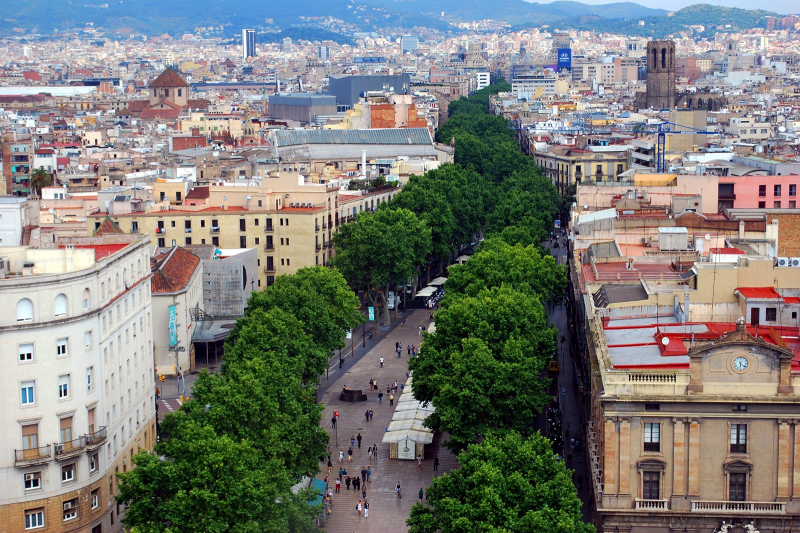
https://oddviser.com/ 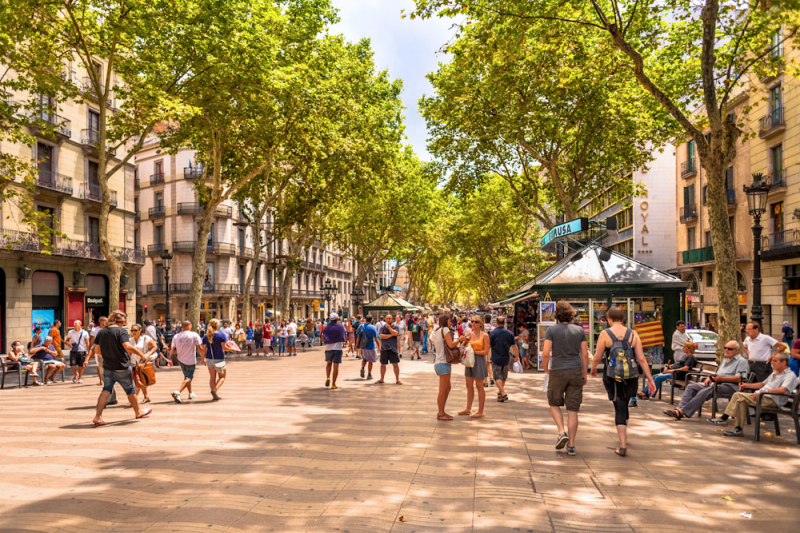
https://www.internationaltraveller.com -
Your journey across Barcelona and the surreal creations of Antoni Gaud should start here.
Over 140 years after Gaud originally got involved, his minor basilica, a project of tremendous scope and ambition, is still only about 75 percent finished. It will be the tallest church building in the world when its spires are complete and is unlike any other place of worship you have ever seen. The Sagrada Famlia incorporates a number of architectural forms, including Catalan Modernism, Art Nouveau, and Spanish Late-Gothic, yet when you gaze up open-mouthed at the nave ceiling, Gaud's masterpiece transcends these kinds of categorizations.
Antoni Gaud, Catalonia's most renowned architect, produced this as his life's work. To understand the (very) eccentric basilica's over 140 years of construction. It would be impossible to visit Barcelona without being in awe of its striking façades, sculpted detailing, and stained glass. While simply passing the structure will leave you in awe, you must go inside to fully appreciate what has been accomplished over the previous few decades. Visit the vault as well, where Gaud is interred.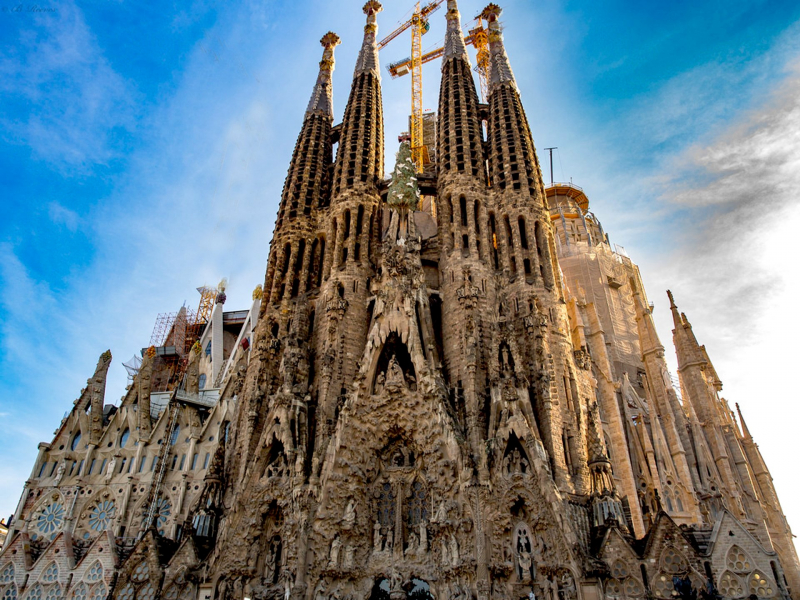
https://www.samahin.com/ 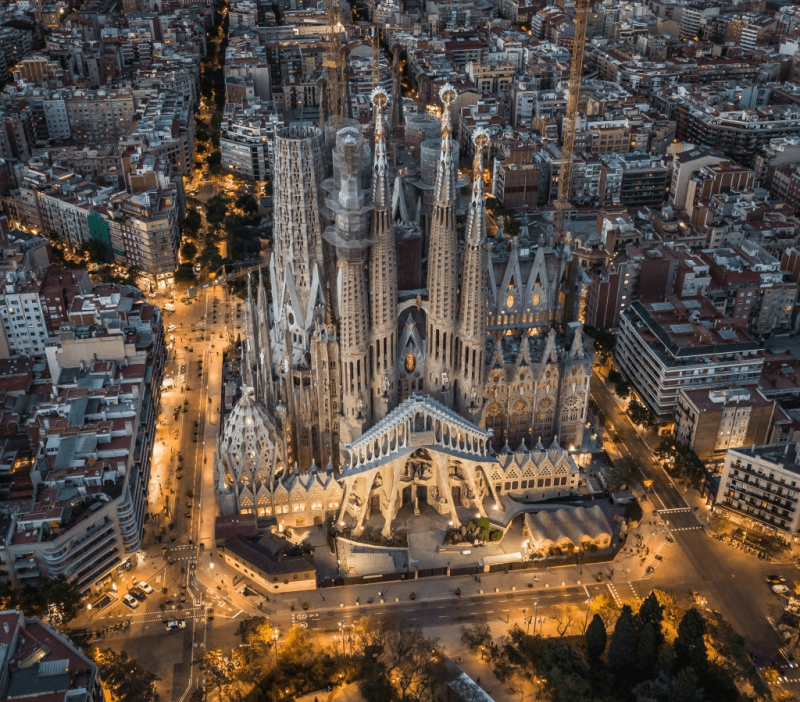
https://www.doitwell.us/ -
This apartment building, another of Antoni Gaud's most picturesque designs, was renovated at the turn of the 20th century rather than being built from the ground up. You won't need to have been to Barcelona to recognize the structure's roof, whose tiles resemble a large dragon's scales. Like all of his creations, Casa Batlló's interior and exterior have a sinuous quality with few straight lines and exquisite attention to detail. Consider the noble floor's mushroom-shaped fireplace, which was created as a cozy grotto for couples to warm up in the cold.
On Passeig de Gràcia in the heart of the city, one of two Gaud wonders that were first constructed to hold apartments. You can savor the vibrant hues, wave-like construction, eye-catching balconies, stunning rooftop, and fantastic augmented reality tour. If you enjoy live music, purchase your tickets for a Magic Nights performance. If you are unable to attend one of these events, keep in mind other noteworthy occasions, such as April 23 for Saint George's Day, when Casa Batlló always dons a festive outfit.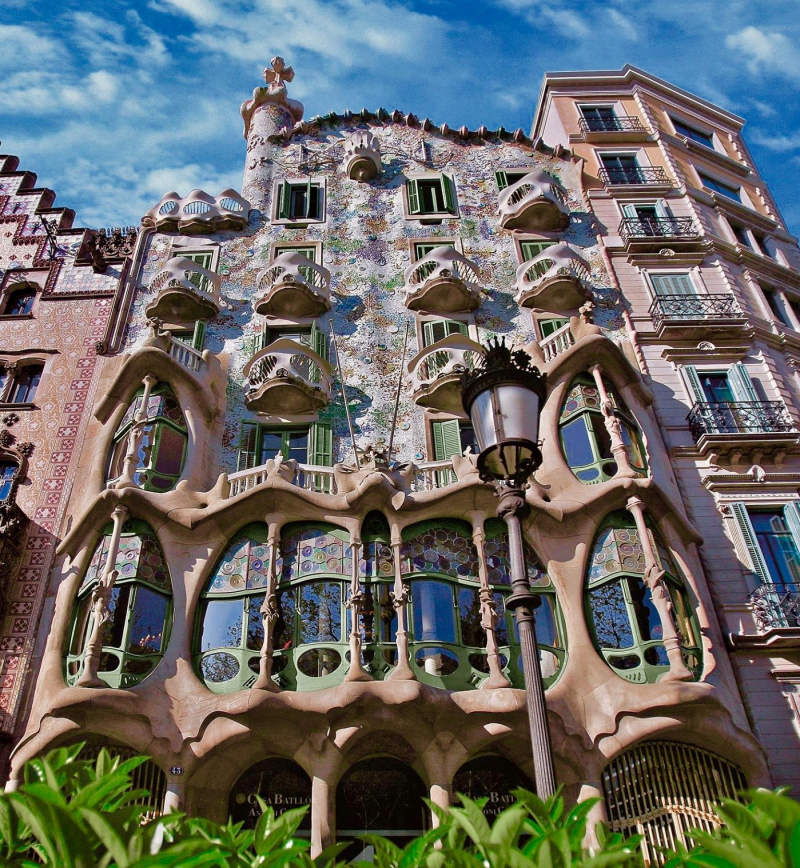
http://livelifebcn.com/ 
https://www.pinterest.com -
Casa Milà, also known as La Pedrera and finished in 1912, is another iconic Gaud structure. The front of the building resembles the face of a quarry. It was the fourth and last Gaud building on Passeig de Gràcia and is one of several Catalan modernist structures that have been inscribed on the UNESCO World Heritage List.
Modern improvements like the subterranean parking and self-supporting stone facade will appeal to architects. It was intended to be the family home of the industrialist Pere Milà I Camps, with rental apartments on the upper levels. It's a wonderful pleasure to observe the harmony between the architecture and furnishings of Casa Milà, which all date from a period when Gaud was at the top of his game.
This Gaud creation, officially known as Casa Milà but more commonly referred to as La Pedrera, began out as a set of apartments but is now a cultural hub that presents performances and art exhibitions. The tour showcases a typical early 20th-century residence, and as you ascend, you can take in iconic Gaud elements like the wavy, smooth bannisters and designs that resemble snail shells.
The rooftop is also not to be missed, both for the magnificent city views (which include many other Gaud masterpieces) and the eye-catching chimney decorations. Don't overlook Casa Milà because it is the sole location where a Gaud interpretation center can be found. Discover how his most well-known creations were designed and constructed here.
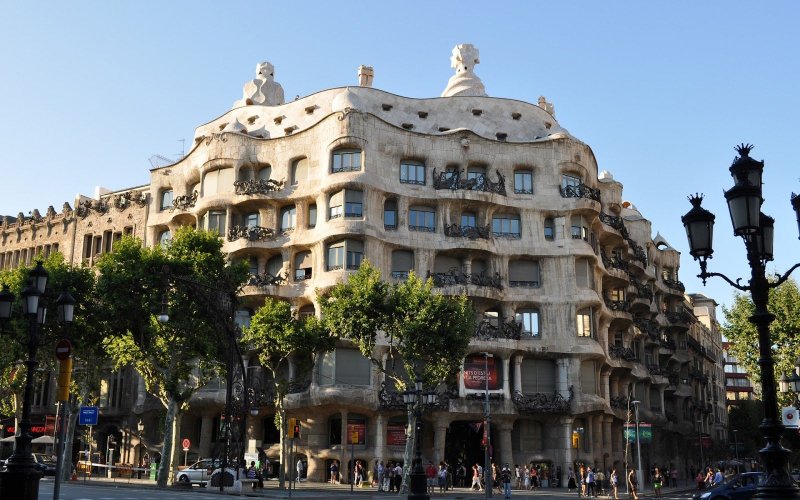
https://www.pinterest.com/ 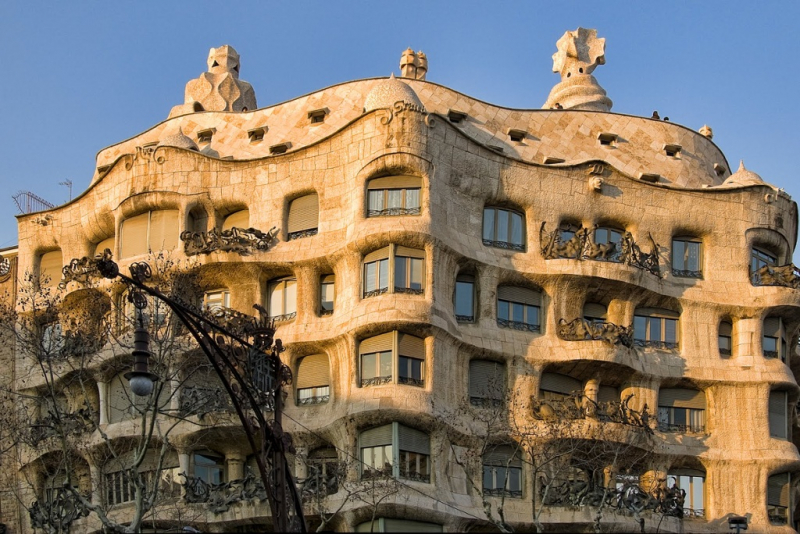
https://www.thinglink.com/ -
The boardwalk along Barcelona's seashore is rather long. The walk from Barceloneta to Diagonal Mar will take you about an hour, but it will give you a better understanding of the city. The busiest and most popular beaches in the west, notably Sant Sebastià, are backed by the compact Barceloneta neighborhood's hip stores and bars with terraces and outdoor seating.
After the Olympic Port, you'll discover a little more space and more locals as you continue along the shore. Finally, the enormous and brand-new Diagonal Mar mall is located immediately above Platja de Llevant and has revitalized a formerly industrial area of the city.
Within Barcelona's city borders, there is 4.5 km of shoreline, providing you with a wide range of options and all the beach time you require. You might want to play volleyball, swim in the Mediterranean, or engage in any number of activities with the term "surf" in them.
You might also want to come in touch with nature. Or perhaps you want to avoid leaving without the ideal tan. Many of the city's beaches include beach bars (also known as chiringuitos), where you may escape the sun and relax in the shade while sipping a cool snack or cocktail. They transform into fantastic little party spots at night, complete with excellent music and moods.
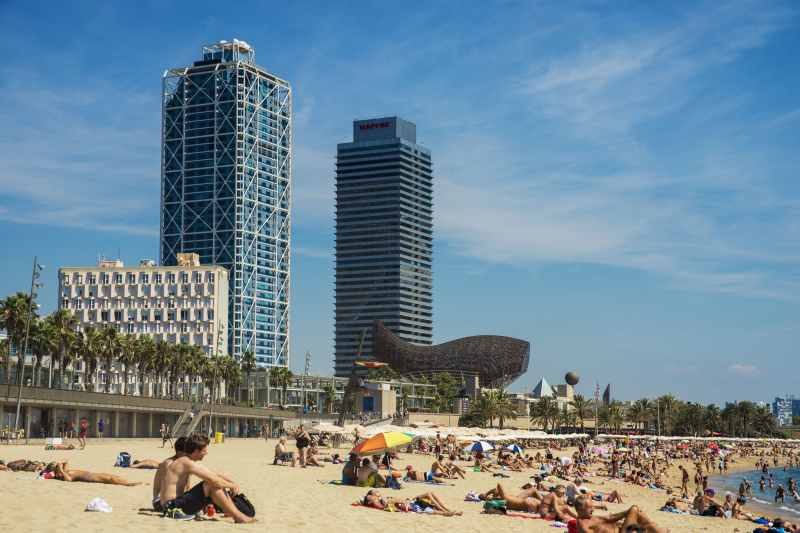
https://www.tripsavvy.com 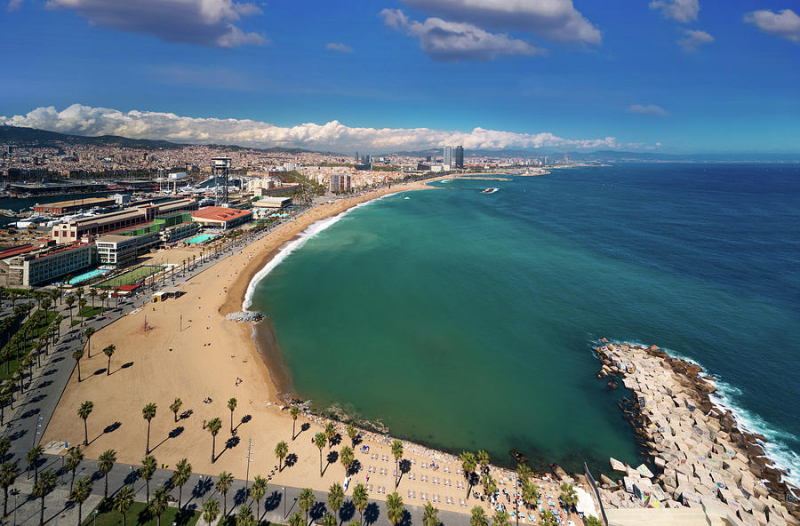
https://pixels.com/ -
This is both a famous sight and an instructive experience. Although the Boqueria market in Barcelona has existed since the Middle Ages, this particular location has only been used for commerce for a little over 200 years. You'll see an exquisite and unusual iron and glass roof that was constructed in 1914. It's a genuine eye-opener to visit a bustling urban market, whether you want to buy some groceries or just take in the sights and noises.
It is a grid of permanent stalls that sells olive products as well as fruits, vegetables, cold meats, and cheese.
An oval-shaped arrangement of fishmongers dominates the center of the market. At one of the market's bars, unwind with a beverage and some tapas.
The most well-known public market in Barcelona. Your senses will be awed by the flavors of pretty much anything you can get your hands on, as well as the colors of the fresh produce, the aromas of the open kitchens, the hollers of the chatty merchants, the feel of the shoppers swarming about you, and the sounds of the vendors. If you can, lean against one of the bars and savor a meal crafted with the freshest possible ingredients. Try Bar Central, Bar Pinotxo, or Quim de la Boquera.
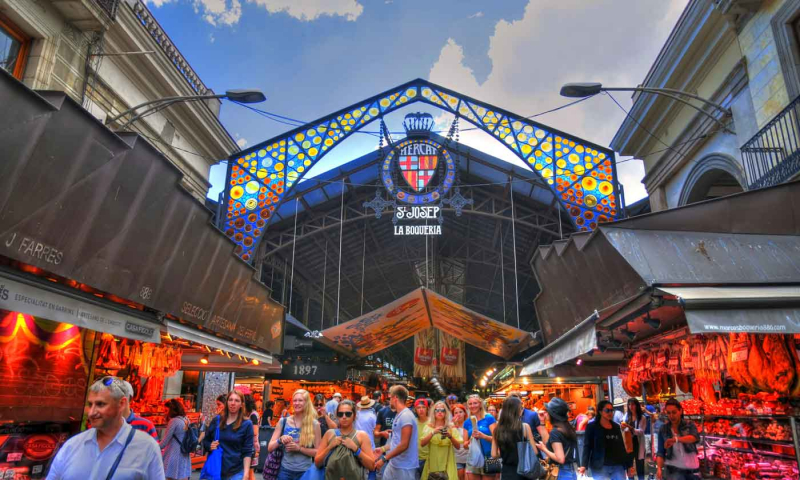
https://www.streetwise.world/ 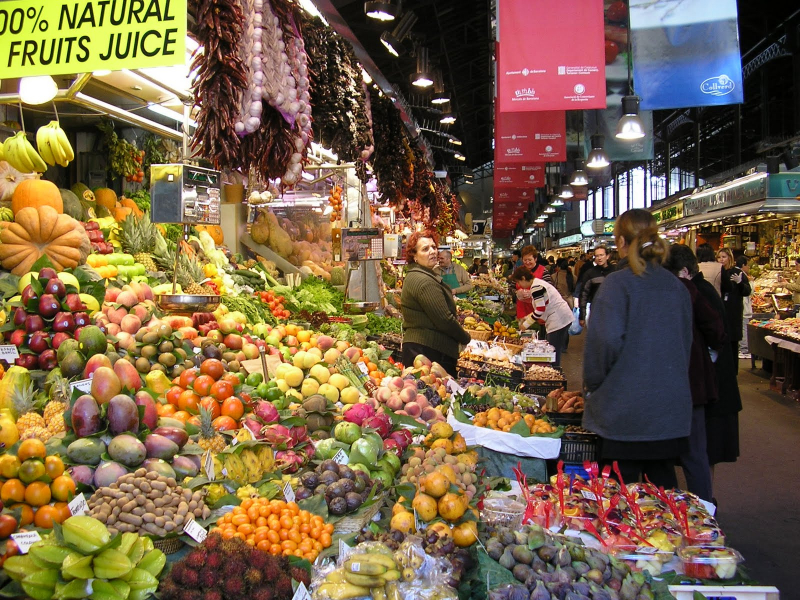
https://beyondthepale-dvora.blogspot.com -
Since 1957, FC Barcelona has called the 99,000-seat stadium in the western Les Corts neighborhood home. Even if you don't root for the team, Camp Nou is one of Europe's football temples, and you must see the venue to fully grasp its overwhelming size. And if you're a fan, you'll be in heaven seeing the stadium and perusing the museum's collection of artifacts from one of the most illustrious teams in history. Watch the calendar because the stadium tour isn't available on or right before match days.
Obviously, purchasing tickets for a Barça home game (hint: try here!) is the greatest way to enjoy Camp Nou. However, if your travel dates don't line up with the schedule, you can still bask in FC Barcelona's greatness by enrolling in the team's renowned Camp Nou Experience.
Before visiting the FC Barcelona Museum to see the collection of glistening silverware and the specially designated Lionel Messi room, your ticket includes a stadium tour that takes you to the stands, players' tunnel, and away dressing room. Tickets are just €28, but there's a fun new upgrade that costs €37 and gives you three chances to shoot penalties against a robot goalie in the Robokeeper Challenge. Mega fans can think about taking the Players Experience Tour, which brings you to the field, the press room, and the home dressing room and is led by an official club guide.
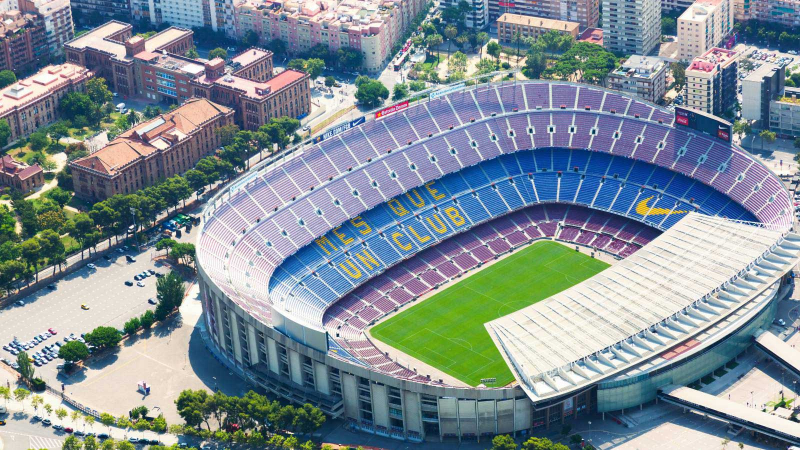
https://www.thezimbabwemail.com/ 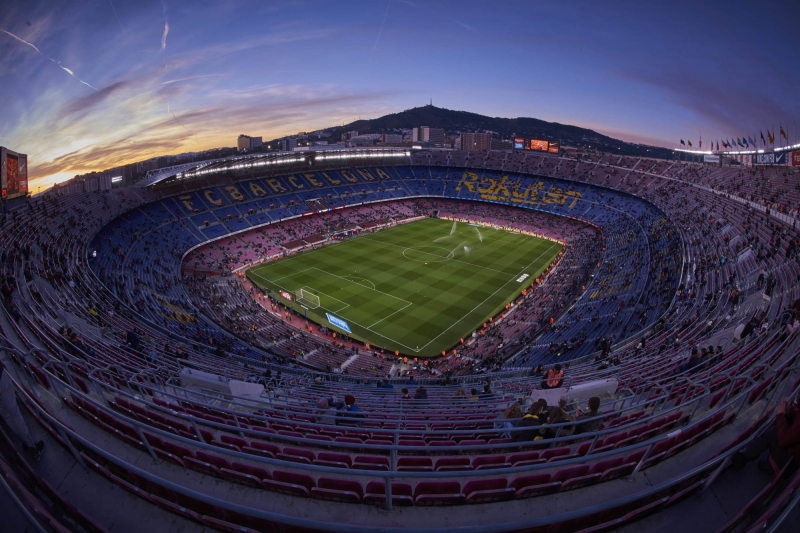
https://everythingbarca.com/ -
Visit this garden complex on Carmel Hill to cap off your time in Gaud. Many people travel to this area of Gràcia to take in the breathtaking views of Barcelona from the park's main terrace. These serpentine benches and their mosaics have probably been depicted on postcards and in movies.
Colonnades, fountains, and statues can be seen elsewhere, all in the architect's particular design. You can visit Gaud's House-Museum, where he lived from 1906 to 1926 and has furniture and ornamental objects created by him on exhibit, if you still haven't had enough.
With Gaudi Bike Tours, you can quickly go to Park Guell on an easy-riding electric bicycle and tour its famed viewing terrace, Hypostyle chamber, and Dragon Stairway without taking the subway. Aside from Park Guell, which is unquestionably the tour's high point, other stops include La Sagrada Familia and the UNESCO-listed Casa Batllo and Casa Mila.
A drink on the rooftop of the five-star Casa Fuster hotel is also included in the trip, where you can take in even more breathtaking views. If you'd rather visit the park on your own, you may purchase advance tickets on Get Your Guide.
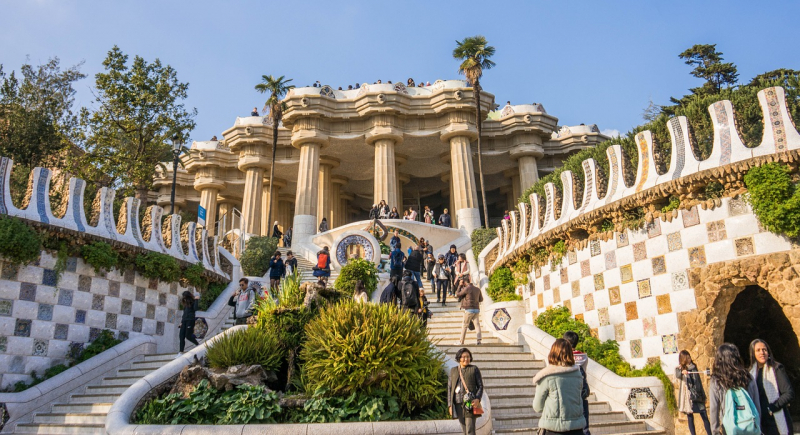
https://www.cataloniahotels.com 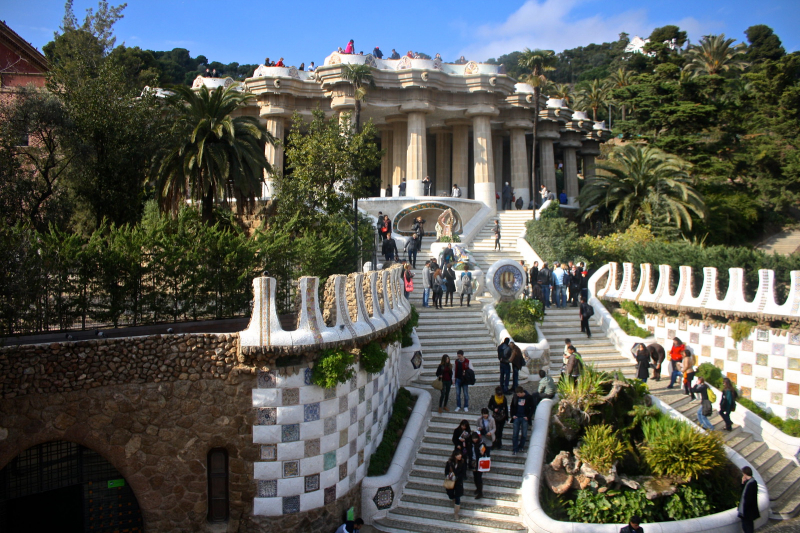
https://www.trevorhuxham.com/ -
A few Roman ruins in the Gothic Quarter, including the Augustus Temple and the Funeral Way on Plaça de la Vila de Madrid, are preserved by the History Museum. However, Plaça del Rei is the location where you can view Barcelona's historical past in great detail.
The ruins of a garum factory, laundries, dyeing businesses, and portions of ancient Barcino's walls are all visible when you descend in a lift. You can explore the 4,000 square meter site's size via elevated walkways.
You will travel through time as you ascend through the museum structure and enter the vaults of the Palau Reial Major, the residence of the medieval Dukes of Barcelona.
El Palau de la Musica, a gorgeous UNESCO-listed art nouveau structure, has at last begun to gain the attention it deserves from tourists, who now throng to take the 'Palace of Catalan Music' on a very affordable self-guided tour. The great theatre, with its spectacular inverted golden dome and stained glass ceiling, is undoubtedly the showpiece (representing the sun and the sky). However, the great Domenech I Montaner created both the interior and exterior, which are absolute treasures. Its balcony is one of the city's most Instagrammable locations.
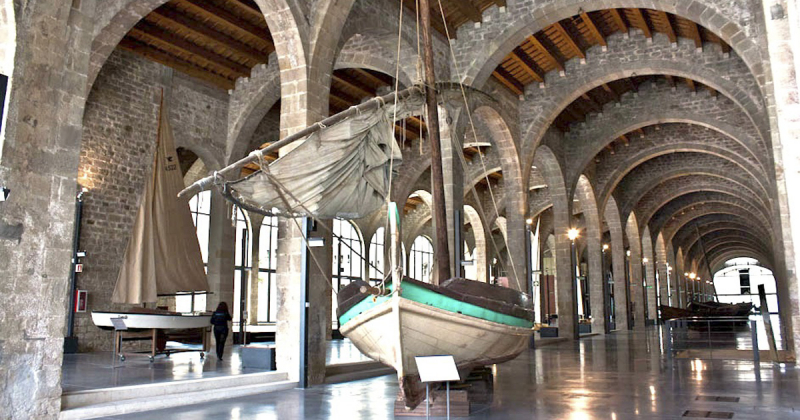
http://www.barcelonacheckin.com 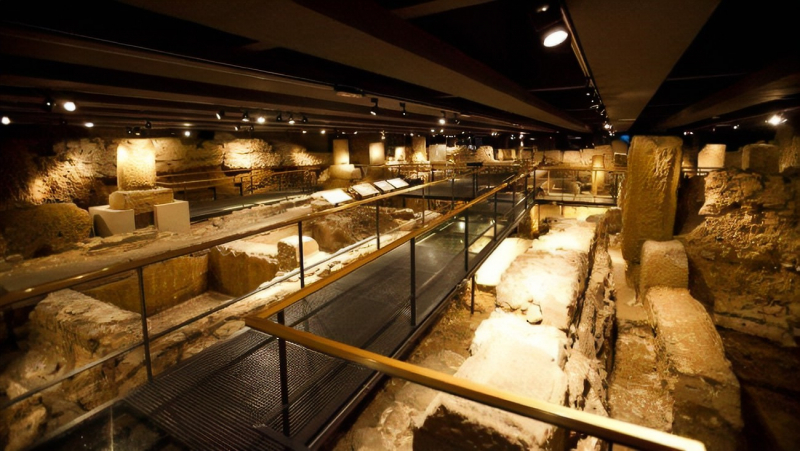
https://barcelonaapartments.com -
The National Museum of Catalan Art, the Museum of Archaeology, and the Ethnology Museum may be found in this city quarter that was built for the 1929 International Exhibition. Among these, the art museum comes highly recommended because of the breathtaking cityscapes it offers from its steps.
The Magic Fountain, built for the exhibition and located below this, performs light and music presentations every half-hour on weekends. Naturally, this is best observed at night. The 17th-century castle, which was used in the Catalan Revolt in the 1600s and the Civil War in the late 1930s before becoming a jail, is located at the very top of the hill.
Not every traveler visits Montjuic, but they all ought to. This seaside hill is home to a wonderful treasure trove of attractions, including Poble Espanyol, the MNAC museum, the Magic Fountain, the Olympic Stadium, the Botanical Gardens, and Montjuic Castle on one side of the hill. The Montjuic cable car is unquestionably the most enjoyable way to arrive if you intend to travel all the way to the castle at the top of the hill because you can take in breathtaking city views as you ascend.
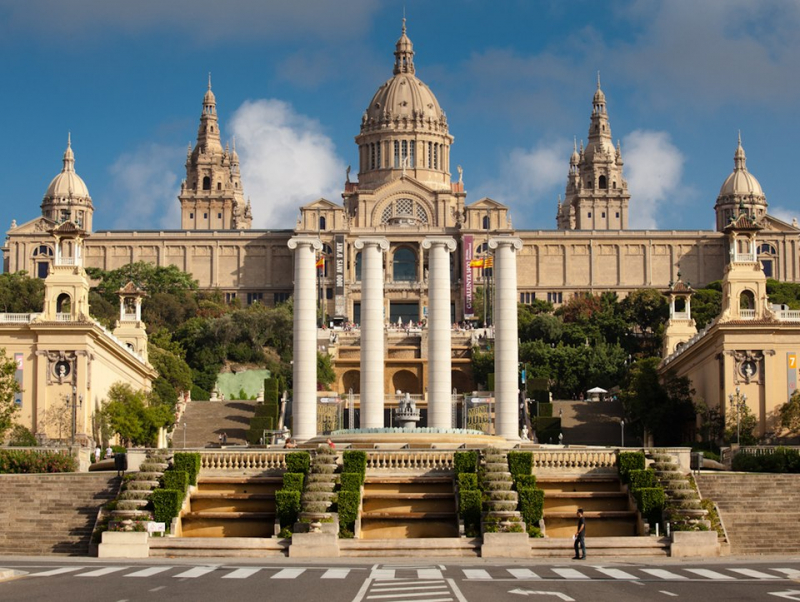
http://traveldigg.com 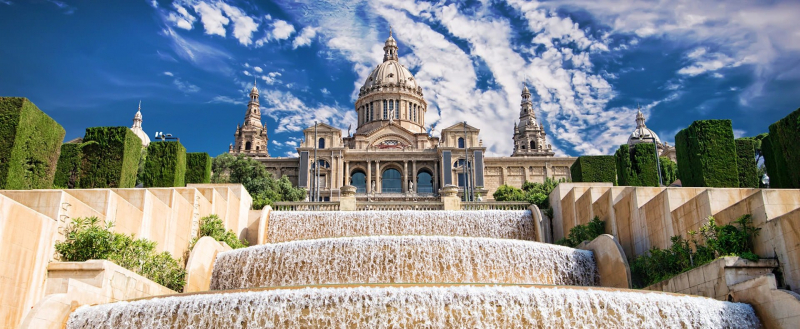
https://www.firebirdtours.com -
Biking around Barcelona offers several benefits. 1) In a short amount of time, you can see a lot more of the city, including exploring off the usual path. 2) It is a sort of sustainable tourism that is good for the economy. 3) There are more than 300km of bike paths in the city, which is largely flat. Steel Donkey Bike Excursions are without a doubt the most genuine of the various bike tours offered in the city. Las Ramblas and Gaudi are off limits.
Instead, you'll go in a small group (maximum of 8 people) through the narrow alleyways of El Borne, Gracia, or the revitalized Poblenou, stopping along the way to see street art, flea markets, and recycling crafts. This action-packed day out on two wheels is Barcelona's original alternative tour and has received excellent reviews.
When visiting Barcelona, the majority of visitors will want to sign up for a free walking tour to gain their bearings and some tips on how to navigate the Gothic Quarter's maze-like lanes. Sometimes the obvious choice is the best choice (one of the medieval districts that make up the Old Town).
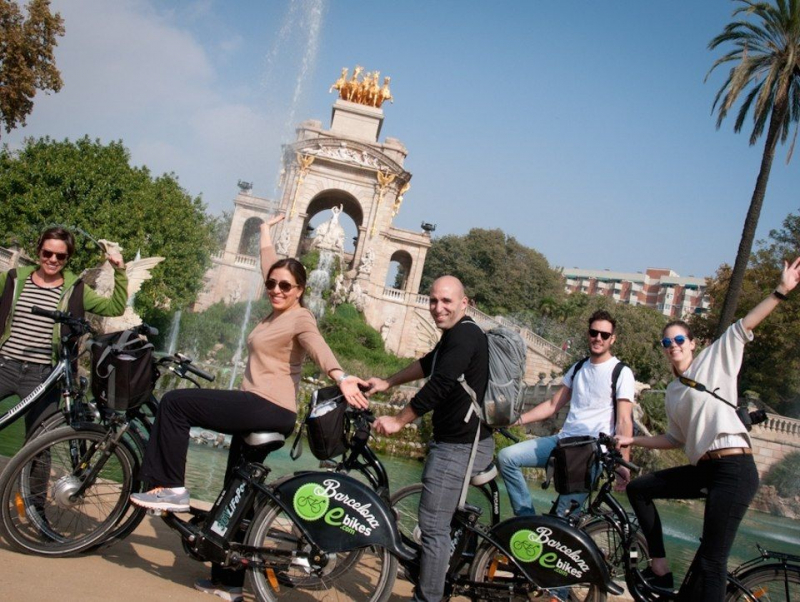
https://www.pinterest.com/ 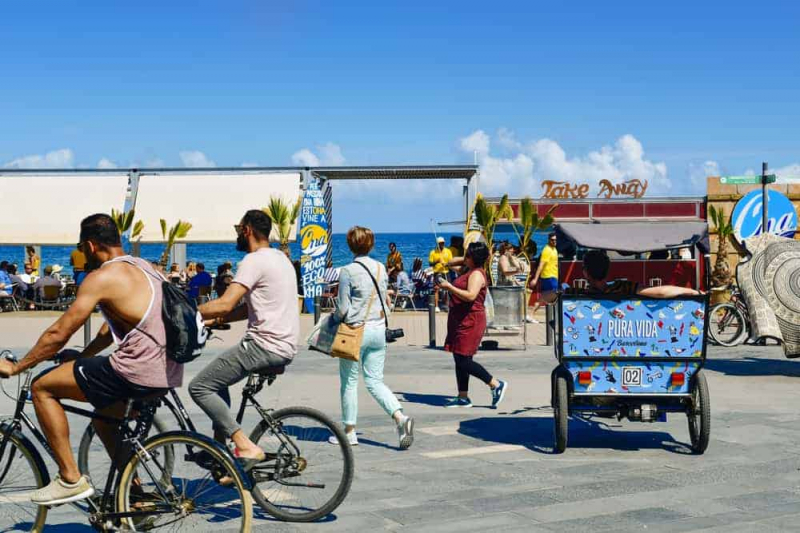
https://www.bcn.travel/













